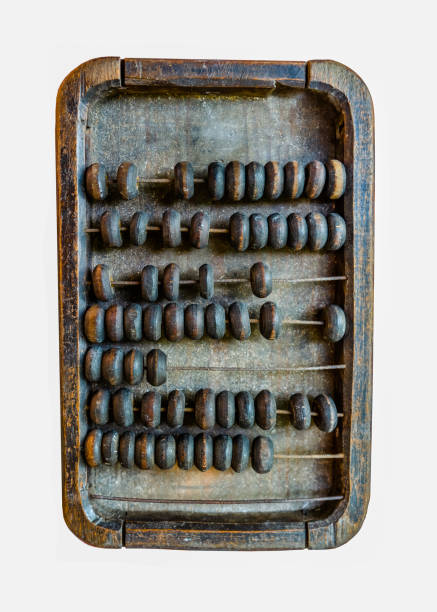It’s interesting to look to history to see how creative inventions were made.
Virtually every idea was created using :
- The goal (based on a problem or need), combined and mixed with
- A stimulus of any type
Let’s look to history to see how some creative inventions were made.
The Abacus
As early as 2600 BC, Chinese farmers used small stones from river beds to keep track of their sheep. A single pebble represented one sheep. Lines on the ground noted their location. This simple concept worked fine until the shepherds had to move their flocks. To make it portable, farmers built a small wooden frame, replaced the stones with wood beads, and substituted silk fibres for the lines. In the end, the world’s first calculator: the abacus.
Purpose To efficiently track sheep in open fields
Stimuli Using nearby handy items as metaphors for sheep: stones, lines, wood, silk
New Idea An abacus
Electric Relay Stations
Samuel Morse couldn’t find a suitable method to keep an electric signal strong enough for telegraphs to travel across the U.S. In St. Louis, Morse noticed riders exchanging tired horses for fresh ones. He recreated a similar ‘relay station’ along an electrical path to keep the signal consistent from end to end.
Purpose To maintain a signal strength over a long distance
Stimuli Seeing tired horses replaced at key points along a pathway
New Idea Electric relay stations
Examples of creative inventions are endless, if not amusing
Noticing steam escaping from a teapot, James Watt used the same mechanics to harness a new type of transportation: the steam engine.
Tending to a cut on his wife’s hand from a kitchen knife, Earle Dickson had only wide surgical tape and large gauze pads at home. He cut down both elements to fit his wife’s dainty hands, creating Band-Aids.
In the early 1940s, a colleague showed Helen Barnett Diserens a new creative invention sweeping the country: the ball-point pen. Intrigued by the mechanics of a tiny ball trapping a reservoir of ink, she re-created the engineering on a larger scale, and developed roll-on antiperspirant.
George de Mestral noticed tiny hooks on the burrs he pulled from his clothes and his dog after a walk in the forest. He replicated this hook and loop mechanism in the lab, and today we have Velcro.
One brother in a group of seven had a son born with rheumatoid arthritis. Seeing how much better his son felt after a hospital hydrotherapy session, he realised the bath was nothing more than a pump submerged in water. Given the family business – making aviation and agricultural pumps – the group of brothers re-engineered their pumps to a new use, and the Jacuzzi spa was born.
Here’s a great article for more: The Top 100 Famous Inventions and Greatest Ideas of all Time.
Key Learnings
You can use these basic concepts from these creative inventions to any brainstorm.
- Look to nature as a source of inspiration, even if it’s nothing more than getting out for some fresh air.
- Be open and curious to exploration, accidents and random connections.
- Look for to solve your problem or issue. In other words, adapt a solution from a similar problem from a different or unrelated category.
- Use one of the most feared activities of business: deliberately schedule daydreaming into your day.
- Change some aspect or attribution of your topic, problem or idea. For example, Diserens increased the size the ball-point, while Dickson decreased the size of the tape and gauze.
- Two heads are better than one: many ideas were created by two people collaborating, particularly from different fields.
Any other ideas from famous creative inventions to share to improve brainstorming? Please share your comments below.




No comment yet, add your voice below!